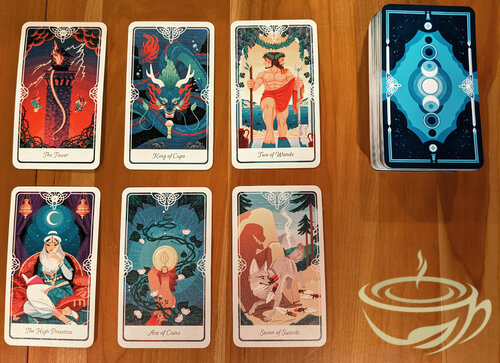Author - Robin Wood
Artist - Robin Wood
Publisher - Llewellyn Publications
First Published - 1991
ISBN - 978-0875428949
Weight - 8 ounces
Card Size - 3 x 4.5 inches
Language - English
Purchase here - https://www.amazon.com/Robin-Wood-Tarot/dp/0875428940/
https://www.robinwood.com/Catalog/Books/BookPages/RWTDeck.html
0







